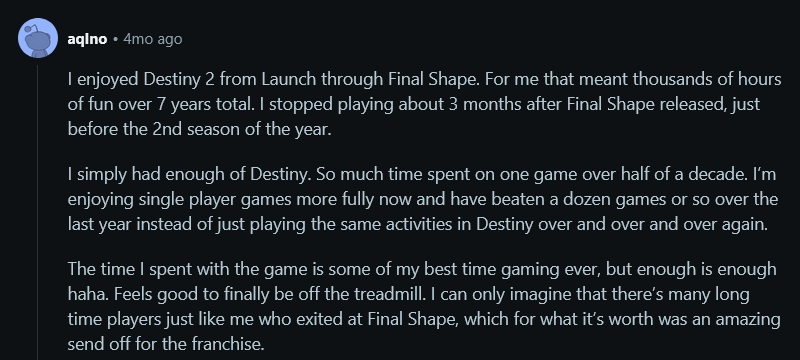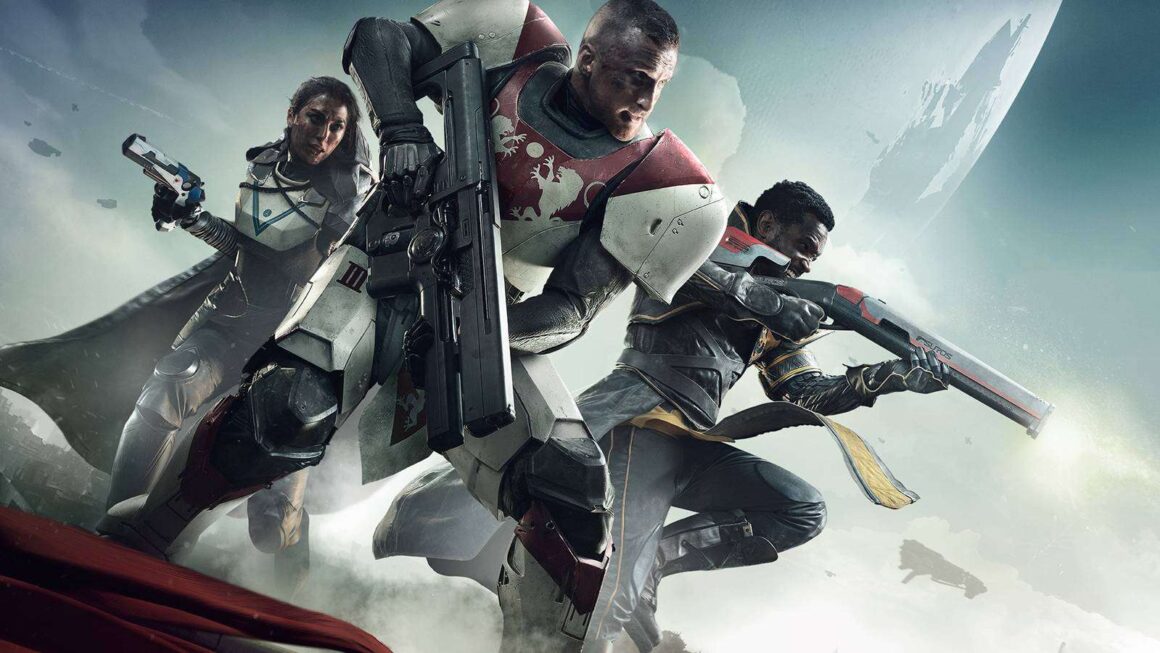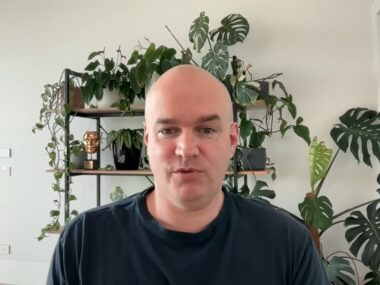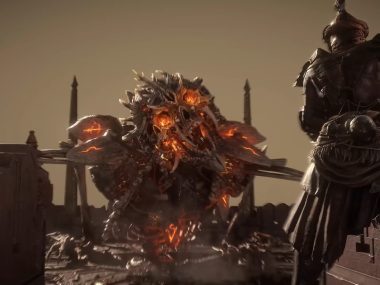When Sony Interactive Entertainment announced an impairment of roughly ¥31.5 billion (~$204 million USD) on Destiny 2 (via its acquisition of Bungie, Inc. in 2022 for $3.6 billion), it didn’t feel like a one‐off accounting hiccup. It felt like a loud alarm bell.
That alarm asks a central question: Can a live-service game still sustain the investment, player-base, and culture that once made it a safe bet?
In my opinion, in the case of Destiny 2, no. This has implications far beyond just one game.
What the $204 million impairment really means
Sony’s CFO, Lin Tao, made the key admission during an earning call:
“Regarding Destiny 2, partially due to changes in the competitive environment, the level of sales and user engagement have not reached the expectation we had at the time of the acquisition of Bungie.”
Here’s the breakdown:
- The impairment relates to intangible assets tied to Bungie’s Destiny 2 business.
- Additional write-downs for development cost corrections: roughly ¥18.3 billion (~$118 million USD).
- Sony emphasized the goodwill from the acquisition remains intact. Meaning… they believe the overall investment isn’t dead yet, but the Destiny 2 segment is under-performing.
- Player numbers on Steam and elsewhere have fallen below earlier low points (e.g., 2018’s Curse of Osiris era).
Put simply: Sony bought Bungie betting big on live-service returns. Destiny 2 didn’t deliver, so they had to mark down the value of what they invested.
Where player sentiment and performance converge
The write-down doesn’t just reflect numbers. It reflects player experience. Over the years, a consistent chorus of frustration has grown around Destiny 2. Key themes:
- Many players did enjoy expansions like The Final Shape but felt that once it ended the main story arc, there was nothing clear on the horizon to keep them invested.
- The follow-up, Edge of Fate, missed the mark for many: the expectation was “big story finale → next phase hits hard”. What players got left them feeling under-whelmed.
- As a result, many long-time players looked back at the countless hours spent and decided: I’m moving on. And not necessarily to another live-service shooter. Many switched to single-player games or more pick-up-and-put-down live titles.

When the audience you built begins to leave, and worse, when newcomers don’t feel they can meaningfully join, that’s a performance drop that shows up in the books.
The broader live-service challenge: when “always online” becomes a liability

One of the bigger issues this highlights: the old live-service formula, keep players subscribed, engaged, streaming micro-transactions, is showing cracks.
- Some players are tired of endless service. They want something that concludes on a high note, or they want a game that respects breaks and returns.
- Games like Genshin Impact or Path of Exile show another path: live service with flexibility, easy to drop in and out.
- The live-service model that demands constant engagement, repeated events, sprawling content pipelines… those are harder to maintain as development costs rise and competition increases.
- Even giants like World of Warcraft survive in part by offering both classic and current versions to satisfy different player motivations. That dual model is rare.
In short: the assumption that live-service = guaranteed recurring revenue is no longer safe in an era of saturation, player fatigue and rising expectation.
Questions for the Destiny franchise and Sony’s future roadmap
Given the data and sentiment, here are the critical questions that Sony and Bungie must answer:
Is a “Destiny Classic” feasible?
Players have asked: can we roll back to a “classic” version, the way Blizzard lets you play WoW Classic? The reality: technical debt at Bungie is deep, old console code and backend restrictions make that a massive undertaking. If it’s unrealistic, the goodwill fans associate with Destiny Classic may never be recaptured.
Is a Destiny 3 realistic and can it fix legacy issues?
Launching a new numbered entry might seem like the clean slate fans want. If the studio can’t resolve core issues around content cadence, lore fatigue, or live-service fatigue, then “3” might just repeat the mistakes of “2”.
Should Destiny be re-imagined?
My personal belief: the franchise might be better served if it shifted toward a single-player + co-op model, more akin to Path of Exile’s structure: meaningful story chapters, optional group content, easier to balance and sustain. That could reset expectations and developer burdens.
Will Sony be transparent with players?
This is key. Players do not like seeing paid content removed, or feeling left in the dark. If Sony and Bungie want to rebuild trust, they need clear, honest communication about what can be saved, what will change and what might end.
What this means for Sony, Bungie and the industry
- For Sony, the impairment is a reminder that even major acquisitions (like Bungie at $3.6 billion) carry risk. Live service is not evergreen.
- For Bungie, the pressure is high. They’ve laid off staff, expanded quickly, and earned revenues that recently dropped 45 % in 2023. The studio’s ability to sustain its flagship title and launch new IPs is under the spotlight.
- For the industry, this is a cautionary tale: fatigue is real, player expectations are shifting, and the cost of “always-on” content is increasing. Not every live service game can succeed indefinitely.
While I hope the Destiny 2 team can still turn things around, by revamping content, restoring player trust, and reigniting engagement, the reality is that Sony has reached a fork in the road for this franchise. It’s time to make tough decisions:
- Either commit to a major rework (structural, narrative, business-model)
- Or accept that the franchise may not meet its past ambitions, and set a clear endpoint with dignity
Leaving a game hanging, with no vision or meaningful next-step, is worse than closing it. Players remember every hour they invested. They remember when the promise of the universe was greater than the reality of the map.
In short: Sony should stop treating this like a live-service side project. It’s a major IP. The brand deserves honesty. Both to investors, and to the players who showed up, spent their time, money and hope. It’s time for clarity. And a plan.






